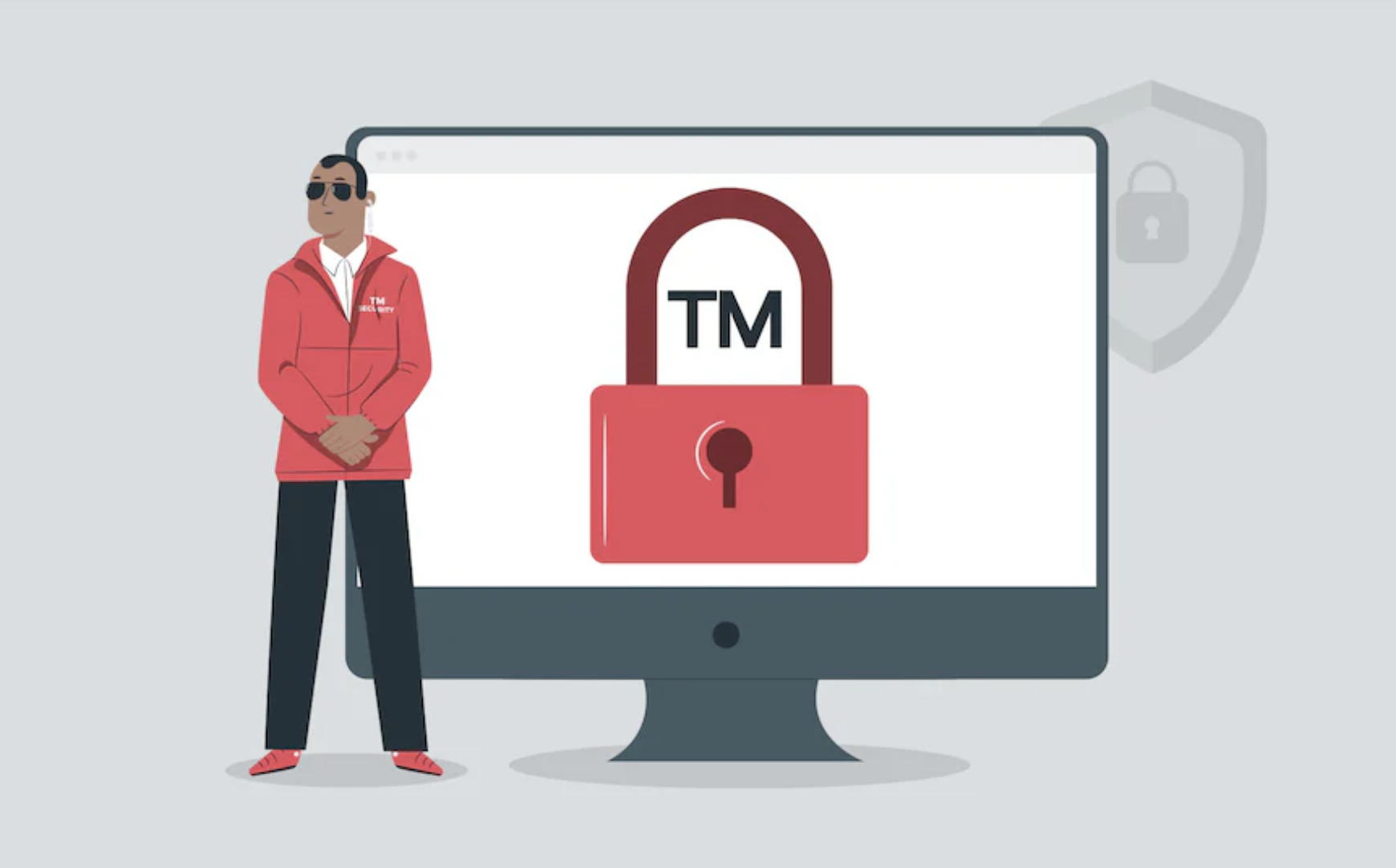Ah, the joy of naming. Perhaps you’ve been there: you’ve finally come up with an incredible name for your business or product, only to find out that it’s been taken – perhaps by dozens of different companies.
You’re not alone. There were 17,198,300 trademarks filed in 2020, representing a 13% increase over the prior year. As the founder of strategic naming and storytelling agency Wonsupona, I understand firsthand the complications of crafting a trademarkable name. In fact, one of the hardest elements of naming these days isn’t crafting a name – it’s crafting an ownable one.

Back in the day, it seemed new startups jumped on the “ly” train – Feedly, Bitly, Cloudly, Weebly, Optimizely. Back in 2013, almost 200 startups simply ripped off Spotify, adding an -ify to the name – like Actify, Versify, Scalify, and Talkify. In recent years, some brands have taken a humanized approach and named their brands and products after people – like Harry’s, Oscar, Casper, Cora.
What is the brand naming trend for 2022? And how can one trademark a name? At this point, due to the sheer number of trademarks, sometimes the answer is simply being as smart and creative as possible. At Wonsupona, we recommend crafting a name that fits your brand story and values, not simply your industry. Why does this work? A) It’s more aligned with your brand and B) It will most likely require out-of-the-box thinking and be <somewhat> easier to trademark as it will err on the creative vs descriptive side.
Aside from crafting names that are inspired by your story, here are three other ideas to help create a name that is less likely to be trademarked.

#1) Look to Two-Word Combinations
Creating a brand name based on blending words or parts of words is easier to trademark. This type of name allows companies to be more descriptive while still focusing on concise and easy-to-remember phrases. Think AutoDesk, AutoZone, GameStop, HomeAway, Leapfrog, Quicksilver, Salesforce, Allbirds, and TripAdvisor. Angel.co reports that some of their biggest brands are Doordash, Nerdwallet, Postmates, and Airtable. When it comes to the list of new startups who were recently valued at $10 billion or more as of December 2021, we see ByteDance, Instacart, SurveyAuto, and Databricks. All two-word combinations paint a picture.
#2) Creatively Misspelled or Made-Up Words
Trademarks are based on sound, not on the actual spelling of a word, so changing the way a word is spelled will not increase the chances of trademarking. For example, Lift and Lypht may conflict if they were in relatively similar industries. However, creatively misspelled words can have their place and may enable you to own a domain. Tumblr, Juul, and Grindr all prove this approach can work.
In the app world, leaders are looking for short names that will appear in full on a responsive screen and cutting letters can help with this. Startups like Shyft, Swapp, and Flyp all follow this convention. Brands like Klarna, Canva, Streem, Labster, Hastee, Unqork, and Kitopi all follow the model of creative naming.
#3) A Single, Relevant Word
Words are incredibly powerful and finding the perfect one to highlight an entire company carries a lot of pressure. Lots of newer business ideas are finding success with a simple, single word that alludes to their overall concept. In some branding circles, this type of branding is known as “literal”. The benefits are obvious: single-word names can be quick and catchy, and easy to say, spell, and remember. This isn’t an entirely new brand name theme, but it’s one that’s gaining in popularity. For example, established brands include Hotels.com, Patagonia, and even Nike (originally derived from the name of the Goddess of Victory).
Today’s Startups
When viewing a list of successful startups from the past 24 months, you can find names like Securitize, Choco, Chisel, Grab, Undress, and Wardrobe. According to a list of startups to watch ranked by Forbes, 6 of the top 15 mentioned use such a relatively short, one-word naming convention (including Bestow, Petal, Dispatch, Faire, Rippling, and Hover). Petal, the fintech brand that offers a credit card for those just starting out, conjures growth and hints at green (which we subconsciously equate with money.) It is this type of out-of-the-box thinking that inspires trademarkable names.
Is it immediately apparent to you what industry Oko, BigPanda, Klarna, Luka, Nuro, Klook, Density, or Aurora are in? No. Names like these could meet a larger objective by communicating a brand personality or deeper brand story that is revealed through messaging. Or possibly nothing at all and the leadership team just liked the vibe of the word.

Your Company Name is Your Brand’s First Impression
It’s imperative to get it right. Ultimately, your brand name needs to be inventive, disruptive, and memorable – and we can help. Wonsupona has decades of experience crafting powerful names for brands of all shapes and sizes. If your brand needs a new name, we’d be thrilled to support your journey.

